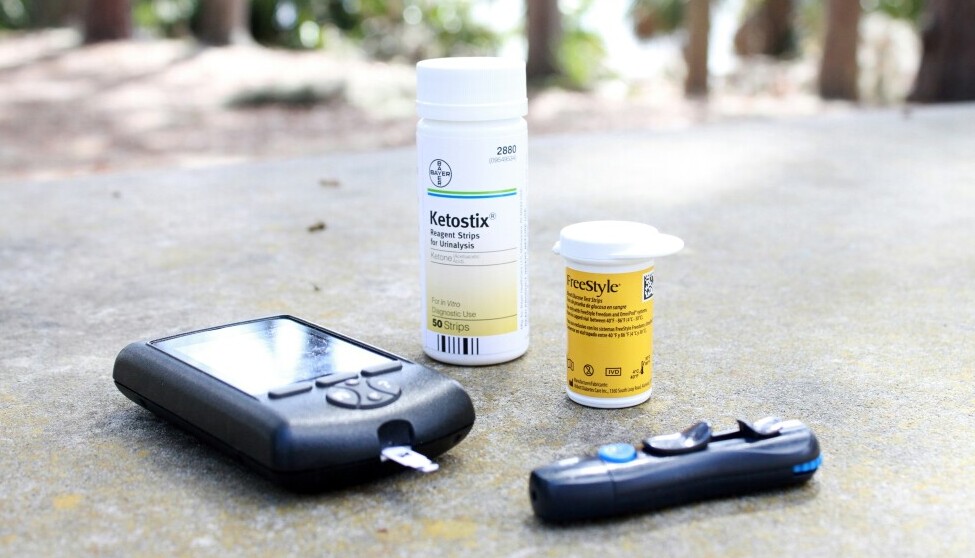Nutritional assessments play a crucial role in healthcare. They help identify nutritional deficiencies, guide interventions, and monitor the health status of individuals and communities. Simply put, nutritional assessments are foundational tools for maintaining and improving health.
Several components make up a thorough nutritional assessment. These include dietary evaluations, anthropometric measurements, biochemical tests, and clinical assessments. Dietary evaluations look at what and how much is consumed. Anthropometric measurements assess body size, shape, and composition. Biochemical tests analyse blood, urine, and other body fluids to detect nutrient levels and other indicators of health. Clinical assessments involve examining physical signs and symptoms of nutritional deficiencies.

The practice of nutritional assessment has evolved significantly over time. Initially, it focused mainly on identifying severe malnutrition, but it has expanded to address a broader spectrum of nutritional issues. This includes both undernutrition and overnutrition, reflecting changes in dietary habits and health challenges.
Different methodologies are now available for conducting nutritional assessments. These range from simple questionnaires and food diaries to advanced techniques like bioelectrical impedance analysis and DEXA scans. Each method has its pros and cons, but they all aim to provide accurate insights into nutritional status, helping to craft effective and personalised health interventions.

Conducting Individual Nutritional Assessments
Conducting a nutritional assessment begins with gathering detailed information about an individual’s dietary habits, lifestyle, and health history. This is essential to create a clear picture of their nutritional status.
Several tools and technologies can aid these assessments. For instance, food frequency questionnaires (FFQs) help capture eating patterns over time, while mobile apps can track daily food intake with precision. Blood tests can reveal hidden deficiencies or imbalances, offering a deeper understanding of one’s nutritional health.
Interpreting the results of these assessments is a critical next step. It allows for the development of personalised nutrition plans tailored to specific needs. For example, if an assessment reveals low iron levels, a diet rich in iron can be recommended, alongside supplementation if necessary. This tailored approach ensures individuals receive the nutrients they need for optimal health.
Real-life examples underline the effectiveness of individual nutritional assessments. For instance, consider a case where a patient struggled with chronic fatigue. Standard tests were inconclusive, but a detailed nutritional assessment uncovered a significant vitamin D deficiency. Addressing this deficiency through diet adjustments, exposure to sunlight, and supplementation led to a marked improvement in the patient’s energy levels and overall well-being.

It’s clear that individual nutritional assessments empower people to take charge of their health. By identifying specific nutritional needs and monitoring progress over time, they offer a pathway to better health outcomes.
Evaluating Community Nutrition: Tools and Techniques
Evaluating the nutritional health of a community is pivotal for public health. It helps pinpoint widespread nutritional issues, allowing for targeted interventions that can improve the overall health of the population.
One commonly used tool for community nutritional assessments is the Community Nutrition Mapping Project (CNMap). This platform combines data from various sources to provide an overview of dietary habits and nutritional status on a large scale. Another valuable tool is the US Department of Agriculture’s (USDA) Food Security Survey Module, which assesses the prevalence of food insecurity in a given area.
Implementing these tools, however, is not without challenges. Gathering accurate data on a large scale can be complex, and socio-economic factors often influence the effectiveness of community-wide assessments. It is important to consider cultural differences, accessibility, and the availability of resources when designing these assessments.
Despite the challenges, successful community nutritional programs provide invaluable insights and positive outcomes. For instance, the Healthy Eating Active Living (HEAL) program in California has demonstrated significant improvements in community health through comprehensive nutritional education and access to healthier food choices. Similarly, initiatives like the Supplemental Nutrition Assistance Program (SNAP) have helped reduce food insecurity and improve nutritional outcomes across various communities.
In essence, community nutritional assessments are key to fostering healthier populations. By understanding the unique needs and challenges within different communities, these assessments guide effective public health strategies and interventions.

